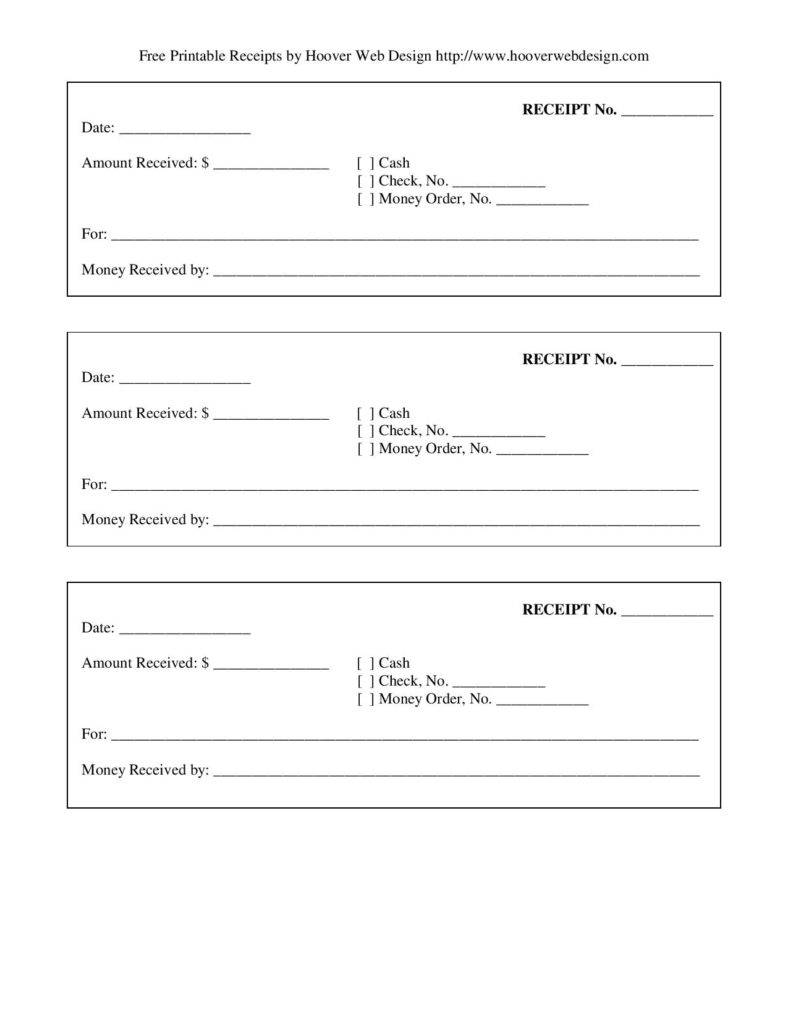Are you confused about the difference between a receipt and an invoice? Don’t worry, you’re not alone! Let’s take a closer look at what sets these two documents apart.
Receipts
 A receipt is a proof of purchase given to a customer after they have completed a transaction. It lists the items purchased, the quantity, the total amount paid, and the date of the transaction. It doesn’t typically include terms of payment or any details about the goods or services being sold.
A receipt is a proof of purchase given to a customer after they have completed a transaction. It lists the items purchased, the quantity, the total amount paid, and the date of the transaction. It doesn’t typically include terms of payment or any details about the goods or services being sold.
Receipts are important for both customers and businesses. They provide customers with a record of their purchase, which can be useful for keeping track of expenses, filing taxes, and returning items. For businesses, receipts help to keep track of sales and inventory, and are also useful for tax purposes.
Invoices
An invoice, on the other hand, is a document sent from a business to a customer requesting payment for goods or services that have been provided. It includes detailed information about the goods or services sold, the amount owed, and the terms of payment. Invoices are typically sent before payment is due.
While receipts are issued to customers after a sale has been made, invoices are sent to customers prior to a sale. They provide customers with an itemized list of goods or services, along with information about payment terms and due dates. Invoices are important for businesses because they help to ensure that payment is received in a timely manner, and also help to keep track of customer orders and sales.
Why it’s important to know the difference
Understanding the difference between receipts and invoices is crucial for both customers and businesses. As a customer, you need to be able to distinguish between the two documents to ensure that you have a record of your purchase and that you’re paying the correct amount. If you receive an invoice instead of a receipt, it could be a sign that payment is due and that you need to take action.
As a business, it’s important to issue the correct document to customers to avoid confusion and potential legal issues. If you issue a receipt instead of an invoice, you may miss out on payment or create confusion with your customer. On the other hand, if you issue an invoice instead of a receipt, it may appear that you’re trying to collect payment before the goods or services have been provided.
Conclusion
In summary, receipts and invoices are both important documents for businesses and customers. While receipts are given to customers after a sale has been made, invoices are sent to customers before a sale to request payment for goods or services. It’s crucial to understand the difference between the two documents to avoid confusion and to ensure that payment is received in a timely manner. If you’re ever unsure about which document you should be receiving or issuing, don’t hesitate to ask for clarification!